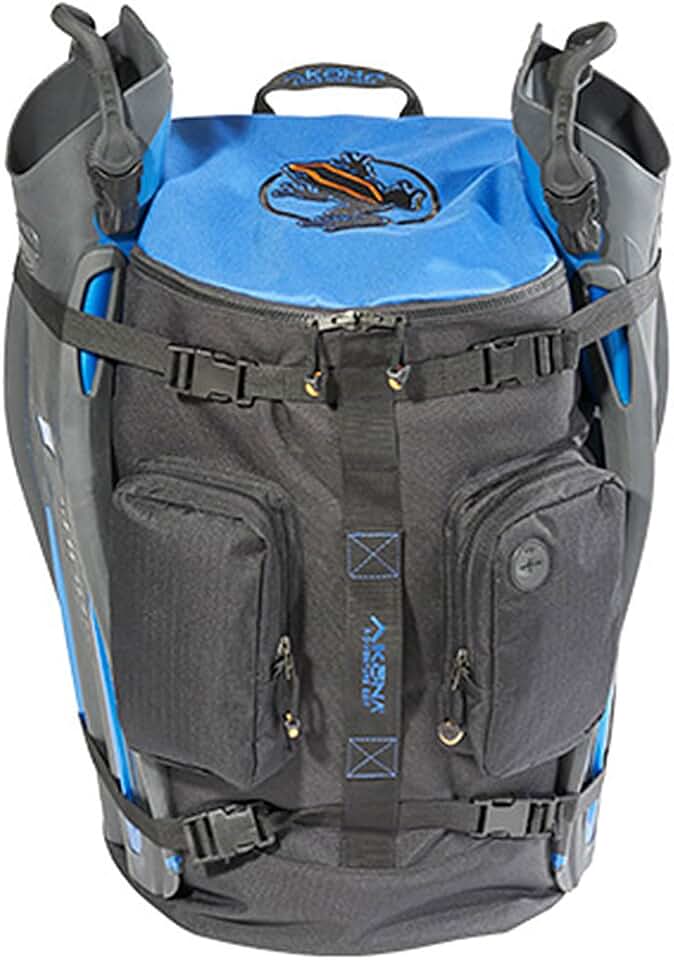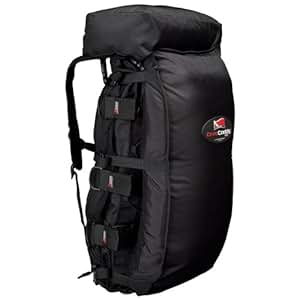Let’s be honest, nobody wants to spend their precious weekend lugging around a heavy, cumbersome sprayer battling stubborn weeds or pests. That’s where a powerful, reliable backpack sprayer like those offered by Stihl steps in. But with various models boasting different features, choosing the right one can feel overwhelming. This deep dive into Stihl’s backpack sprayer performance aims to equip you with the knowledge to make an informed decision, focusing on the crucial aspects that truly matter: engine power, torque, and real-world application.
Understanding the Importance of Torque in a Backpack Sprayer
Before we dive into specific Stihl models, let’s address a key performance factor often overlooked: torque. While horsepower might grab headlines, torque is the unsung hero when it comes to tackling tough spraying jobs. Torque, or rotational force, is the measure of an engine’s ability to overcome resistance. In the context of a backpack sprayer, this translates to the engine’s power to smoothly and consistently pump the spray mixture, even when battling thick vegetation or climbing inclines. High torque ensures consistent pressure, preventing sputtering and ensuring even application, ultimately leading to more effective pest or weed control.
Low torque, on the other hand, can result in a frustrating experience. You might find the sprayer struggling to maintain pressure, leading to uneven coverage and potentially wasted time and chemicals. A high-torque engine means the sprayer effortlessly handles various terrains and dense foliage without hiccups, saving you time and effort.
Stihl Backpack Sprayer Engine Options: A Closer Look

Stihl offers a range of backpack sprayers, each powered by a different engine. While the exact models and specifications change over time (always check the manufacturer’s website for the most up-to-date information), the general principles remain the same. Stihl typically utilizes high-quality, two-stroke engines known for their reliability and performance. Key features often highlighted include their efficient fuel consumption and reduced emissions compared to older models.
You’ll often find differences in engine displacement (cubic centimeters or cc), directly impacting power and torque. A larger displacement generally translates to more power and torque, enabling the sprayer to handle more demanding tasks. However, it also means a slightly heavier and potentially less fuel-efficient machine. Consider the size of your spraying area and the type of vegetation you’ll be treating when choosing the appropriate engine size.
Torque and Towing Specifications: The Fine Print

Unfortunately, Stihl (and most other manufacturers) doesn’t typically advertise torque figures explicitly for their backpack sprayers in readily available marketing materials. This is often due to the complexity of measuring torque in this specific application and the focus on other performance metrics like pressure and flow rate. However, you can often infer the engine’s torque capabilities from the advertised horsepower and the overall performance descriptions. A powerful engine is almost always indicative of substantial torque.
While towing capacity isn’t applicable to backpack sprayers in the traditional sense, the overall power and robustness of the engine is a vital factor in how smoothly it performs under load. Think of the consistent pressure needed to handle thick nozzles and difficult terrain – that’s the equivalent of towing capacity in this context. A powerful engine handles this load effortlessly, providing a smoother and more efficient spraying experience.
Comparing Stihl to the Competition

Stihl’s backpack sprayers consistently rank highly among professionals and homeowners due to their reliability, performance, and build quality. Comparing them to competitors like Solo, Field King, or Chapin requires a nuanced approach. Often, Stihl’s models come with a slightly higher price tag, reflecting their reputation for durability and engine performance. Competitor models might offer similar features at a lower cost but might not match Stihl’s long-term reliability or the power of their engines.
When making a direct comparison, focus on key features like engine size and type, tank capacity, pressure regulation, nozzle options, and overall weight. Read user reviews focusing on real-world performance in various conditions. Consider how frequently you will use the sprayer and the severity of your spraying needs. This will help you determine whether the extra investment in a Stihl sprayer justifies its premium price over alternative brands.
Practical Advice for Stihl Backpack Sprayer Users

Investing in a high-quality backpack sprayer is only half the battle; proper usage and maintenance are crucial for optimal performance and longevity. Always follow the manufacturer’s instructions for mixing and applying chemicals. Use the correct nozzle type for the application to optimize spray pattern and coverage. Regularly clean and maintain your sprayer to prevent clogging and ensure the engine remains in top shape. Proper storage during off-season prevents damage and extends the lifespan of your equipment.
Before each use, check for leaks, ensure the fuel and oil mix is correct (for two-stroke engines), and test the sprayer’s pressure to ensure consistent operation. Remember that preventative maintenance is key to avoiding costly repairs down the line. Consider investing in a good quality carrying harness to distribute the weight evenly and reduce strain on your body during prolonged use.
Finally, remember that safety is paramount. Always wear appropriate protective gear, including gloves, eye protection, and a respirator when handling chemicals. Follow all safety precautions outlined in the owner’s manual and local regulations regarding pesticide application.
Choosing the right backpack sprayer is a significant investment. By understanding the importance of torque, researching different engine options, and considering the factors discussed above, you can confidently select a Stihl backpack sprayer that meets your needs and ensures years of efficient and reliable performance.